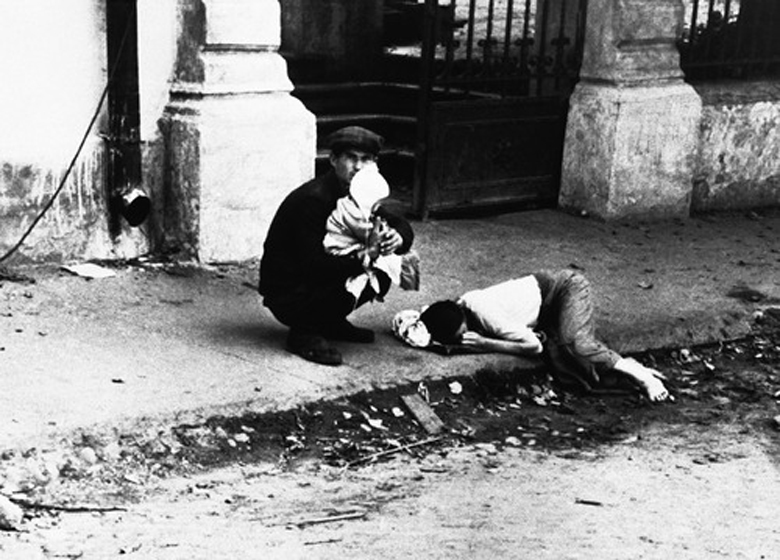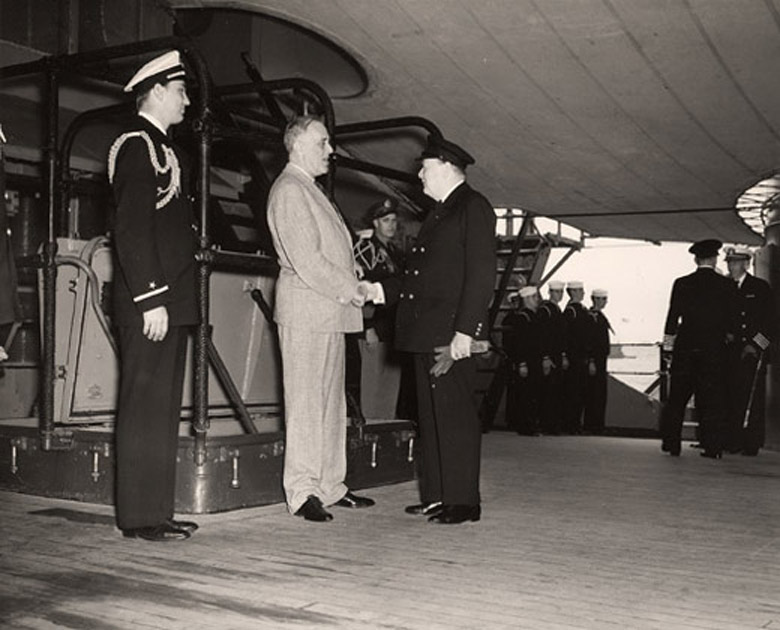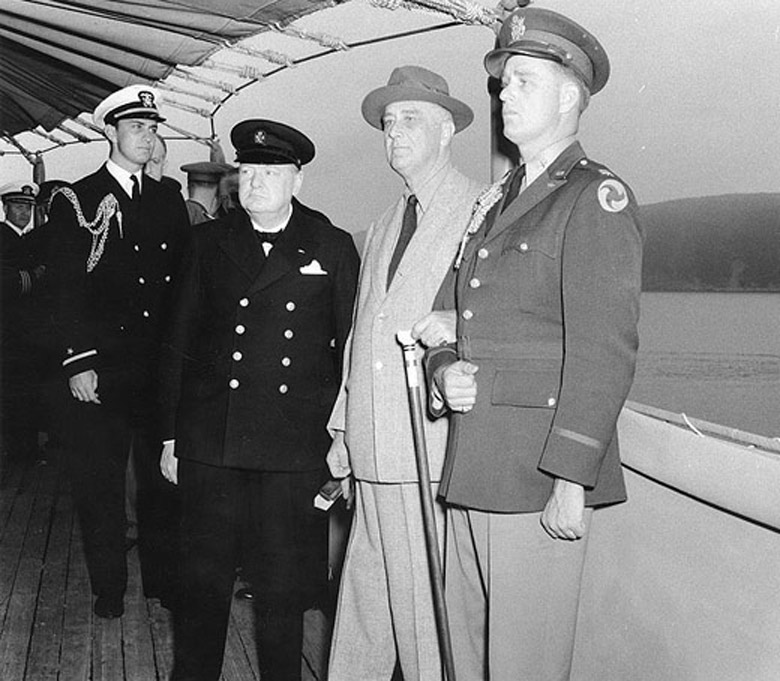Baltic Sea
Soviet submarine SC-307 sinks U-144 in the Gulf of Finland north of Dagö. All 28 crew of her crew are lost.
[Barents Sea
During the night German destroyers make a sortie to the Kola Inlet where they sink a Russian patrol boat, but withdraw under heavy air and artillery bombardment.
[Battle of the Atlantic
The Norwegian steamer Dagny I (1392t) is badly damaged in a German air attack en route for Kirkwall. She sinks in tow of the British trawler Leicester City north of the Shetlands. 2 passengers are lost, survivors are picked up by the trawler.
[Diplomatic Relations
Over the next few days ending on the 12th, Churchill and Roosevelt meet at Argentia in Placentia Bay, Newfoundland. Churchill along with the Chief of the Imperial General Staff, Sir John Dill, and the First Sea Lord, Sir Dudley Pound, arrive via the brand new battleship the Prince of Wales. Roosevelt with his advisors has come in the cruiser Augusta. The discussions cover the situation in Europe and the Far East. Churchill presses the President strongly to bring America into the war. It is agreed to send strong warnings to the Japanese and it is understood that America will almost certainly enter the war if Japan attacks British or Dutch possessions in the East Indies or Malaya. A message is also sent to Stalin, proposing a meeting in Moscow to make formal arrangements for the provision of supplies to the Soviet Union.
|
|
The conference is best remembered for the agreement later called the Atlantic Charter. This is a statement of the principles governing the policies of Britain and America and states that all countries should have the right to hold free elections and be free from foreign pressure.
Although its noble intentions will have comparatively little influence on the course of the war it is important as setting out the reasons why the United States might go to war and as a description of the aims of such a war.
The conference is important also because of the opportunity it gives the British and American staffs to get to know each other and to work together.
[Eastern Front
Army Group South, with forces from 11th and 17th Armies, begins attacks along the line of the Bug River. The Soviet defense line is broken. Although they are retreating everywhere in the sector, they are by no means finished. They have some excellent tanks in the field including the gigantic 55-ton Klim. The German generals ask Hitler in vain for bigger tanks and anti-tank guns more powerful that the 37-mm and 50-mm guns they now have available to them. There are still only very few 75-mm guns.
NORTHERN SECTORHeavy fighting rages at Kingisepp as the XLI Panzer Corps struggles to break free of its Luga bridgeheads. At Novgorod, the 48th Army is involved in bitter fighting with the I and XXVIII Corps as the German southern group open its attack.
SOUTHERN SECTORFierce fighting rages around the environs of Kiev as the Soviets launch counterattacks in an effort to keep the 6th Army out of the city.
The German 17th and 11th Armies turn their attacks from the Bug, pushing toward the Dniepr and shatter the South Front as it withdraws. Stuplnagel pushes his forces east to the river line, while Schobert marches southeast toward the Black Sea coast and Nikolayev.
Hatred For Nazis |
 |

